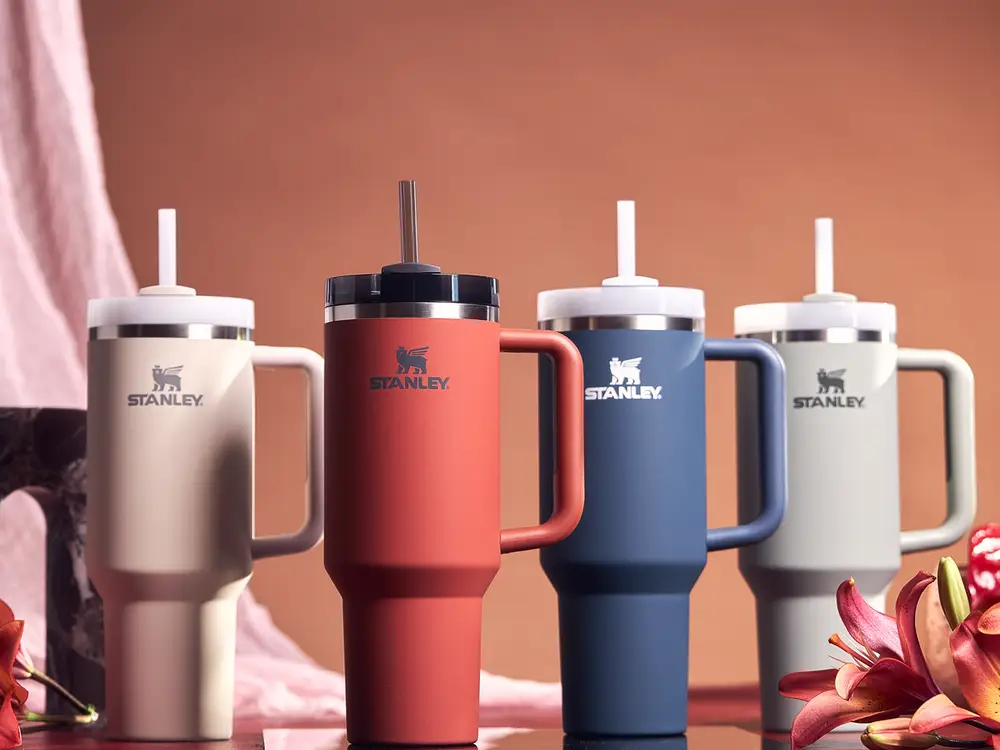Recent headlines have people discussing whether lead has contaminated their $45 dollar Stanley cups in the past month. Although there is, it isn’t in the way most people think.
Stanley cups have become extremely popular throughout the social media community, especially on TikTok, where people camped out of Target to get their Stanley x Starbucks Pink Collabatory cup.
Even “Saturday Night Live” has picked up on these trendy tumblers, making a skit with actress Dakota Johnson called “Big Dump Cups,” in which they ridicule the people who purchase multiple of the same style cups, but in different colors.
Some students feel the cup craze is unnecessary. Senior Kera Pharam feels that people purchasing multiple of the same cups “defeats the purpose of a reusable cup.” She notes that instead of trying to help the environment, they are causing more harm by purchasing said goods.
Recently, the internet was whipped into a frenzy, as there were amplified concerns about the lead in the cups being consumed. People were spreading stories on Twitter, now known as X, TikTok, and even Instagram. In fear of there being lead in their cups, people began purchasing at-home lead detection kits in which they checked their cups and posted their findings on social media, but the results seemed futile.
According to Stanley’s website, the cups do contain traces of lead in a pellet at the bottom of the cup. It is a part of the “vacuum insulation technology, which provides consumers with drinkware that keeps beverages at the ideal temperature.”
Many were shocked by the company’s acknowledgement, but also agreed that the same technology is a selling point of the cups, among other things.
“I had no idea, I have a Stanley and I really like it mostly for aesthetic reasons, but it’s really good at keeping my stuff cold,” senior Allyson Yededji said.
Despite the company’s explanation, many Stanley users are cautious.
“It sounds insane that they put lead on the bottom of the water bottles. I definitely won’t be drinking out of them anymore. I just don’t think I could trust a company that does that, plus there are so many other water bottles out there that do the exact same thing but aren’t glamorized due to hyper-consumerism,” Yededji said.
Despite the lead in these cups, it is still safe to use due to the lead not being easily accessible. While the lead is not directly touching the cup, nor the insides, the pellet of lead at the bottom of the cup can still be accessed if the cup is dropped on the bottom one too many times, leading to a crack. S0 it is something to think about the next time you take a sip out of your Stanley.







